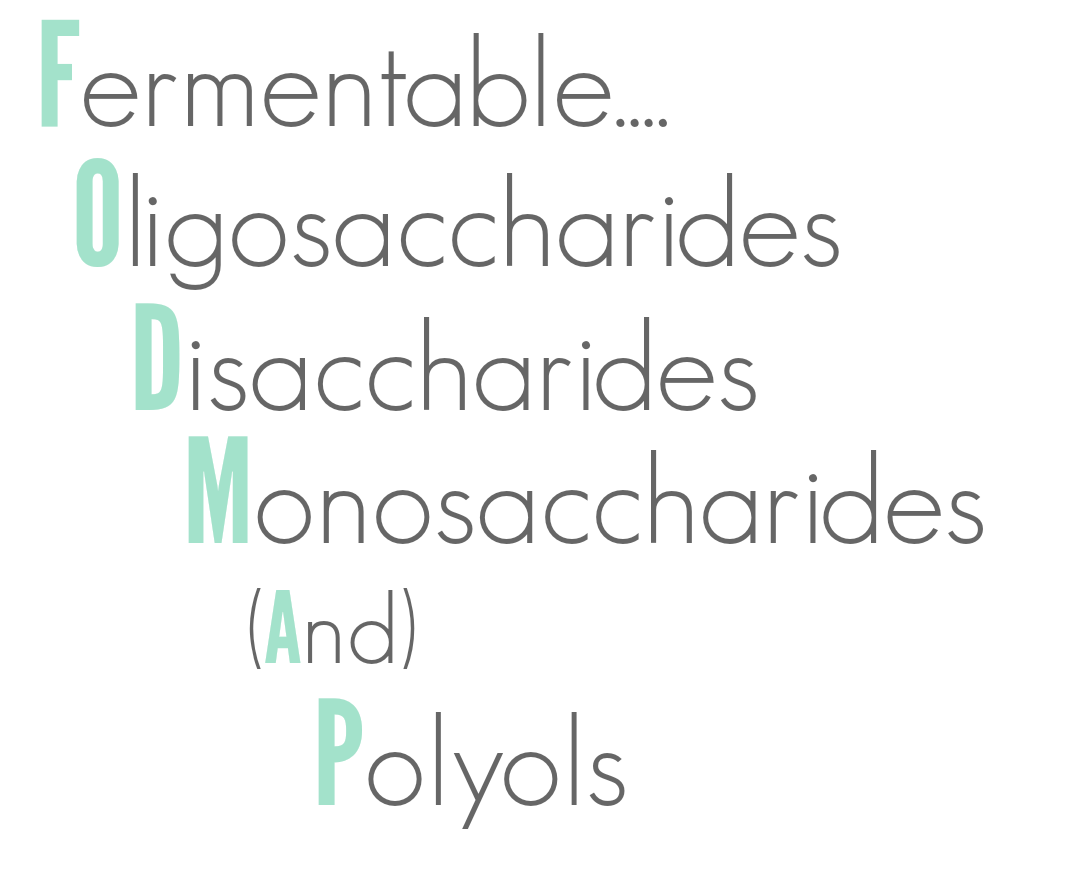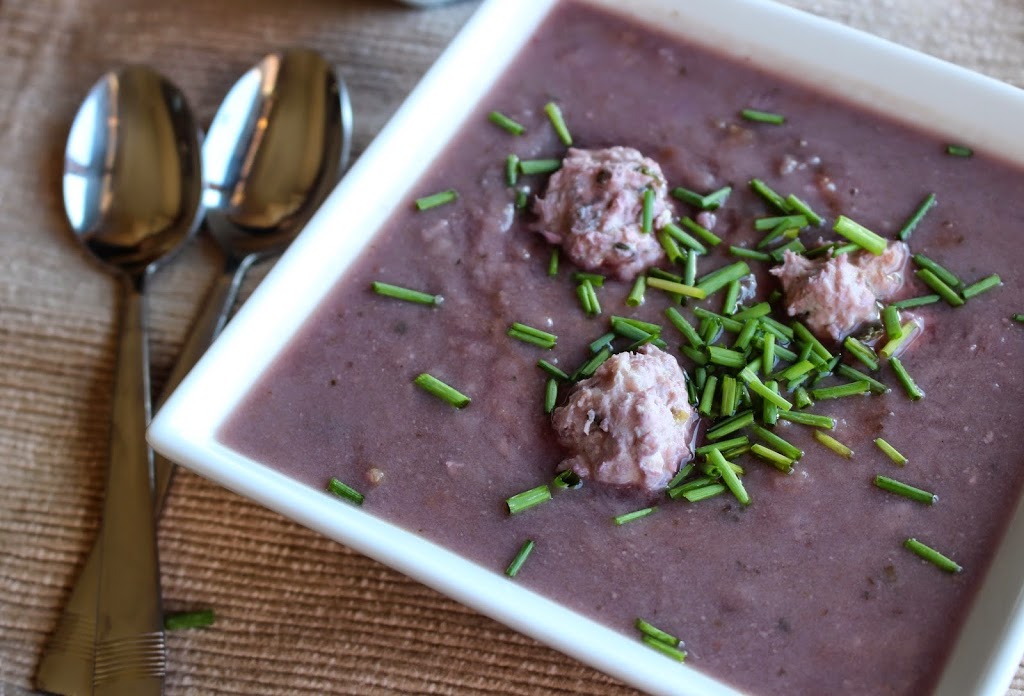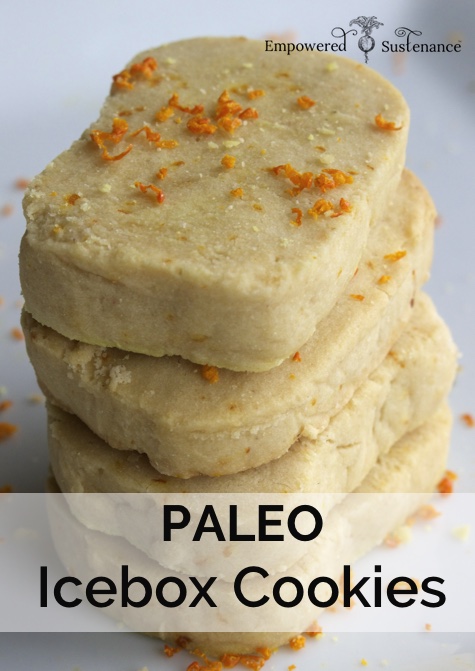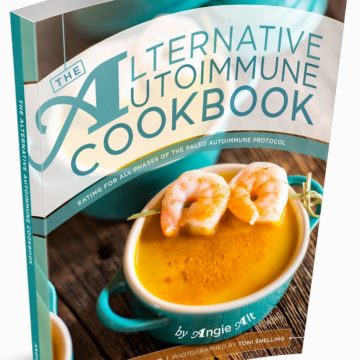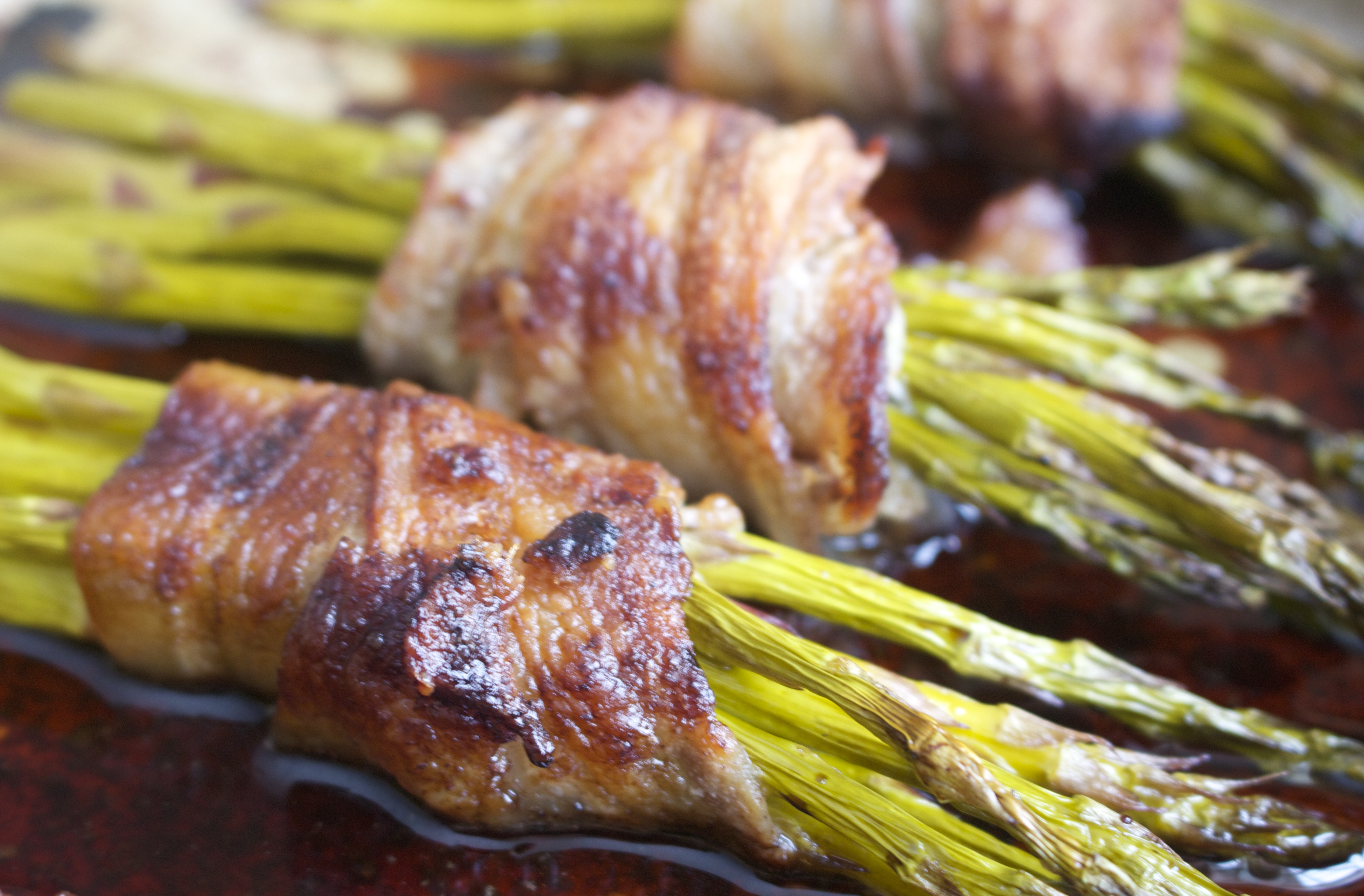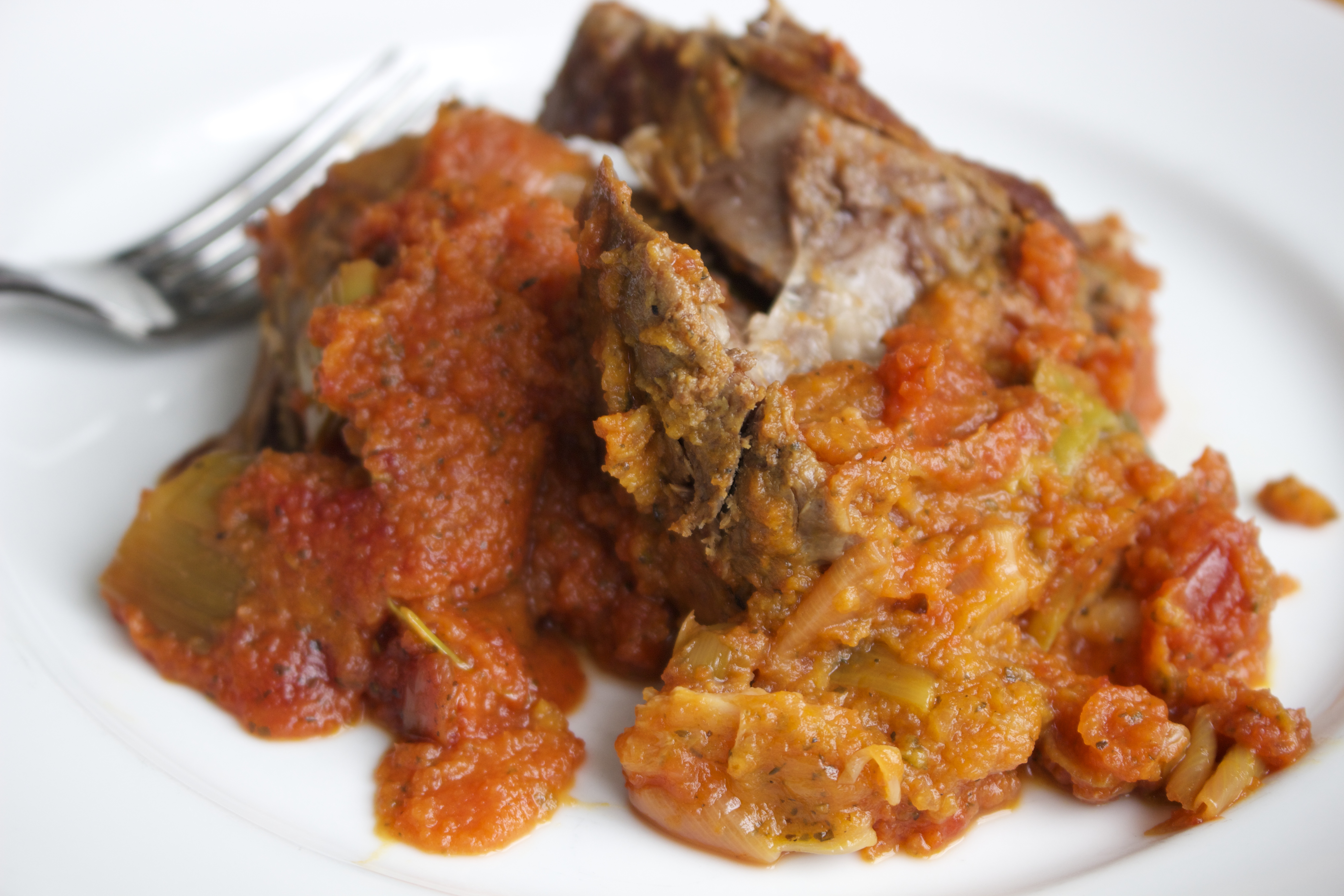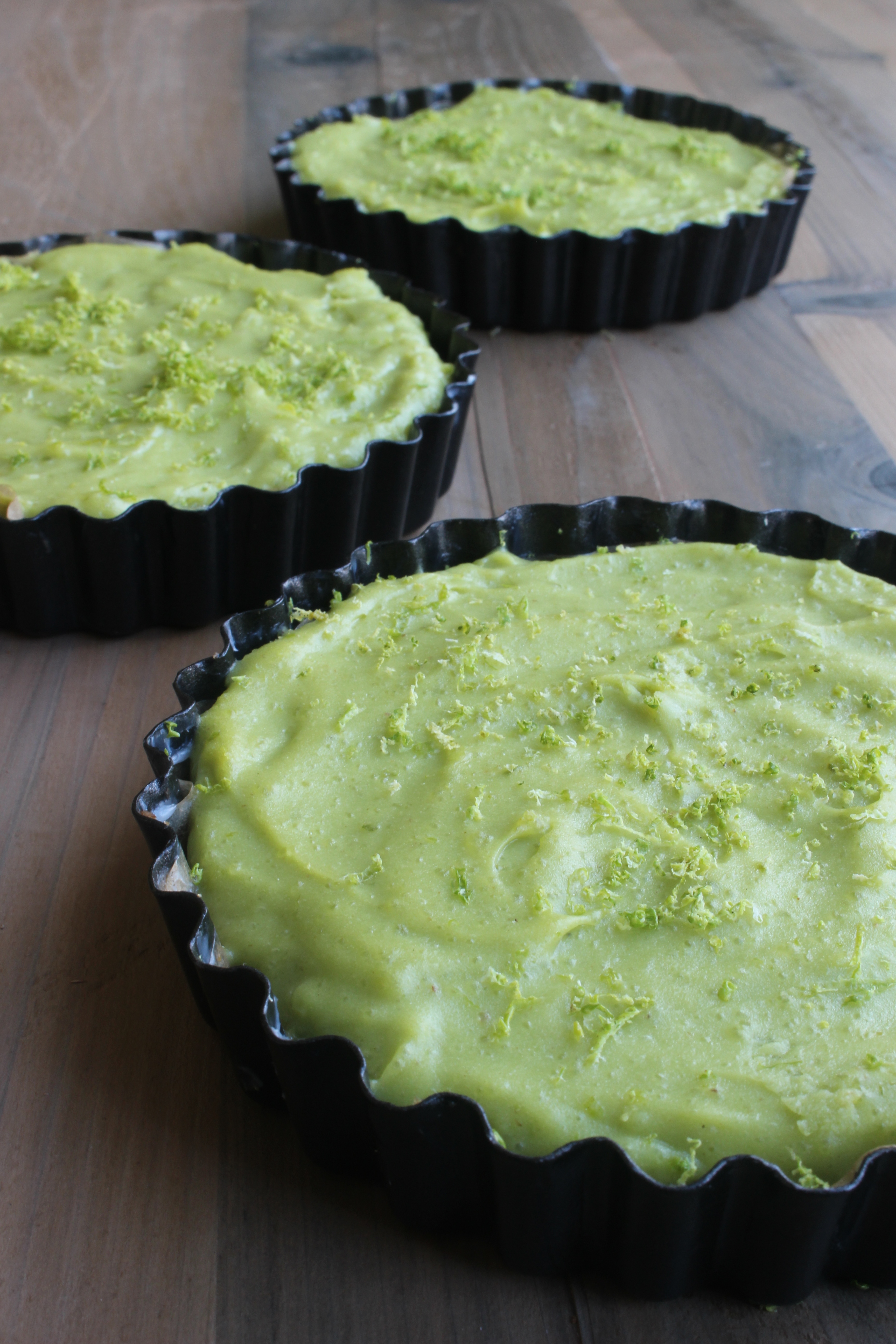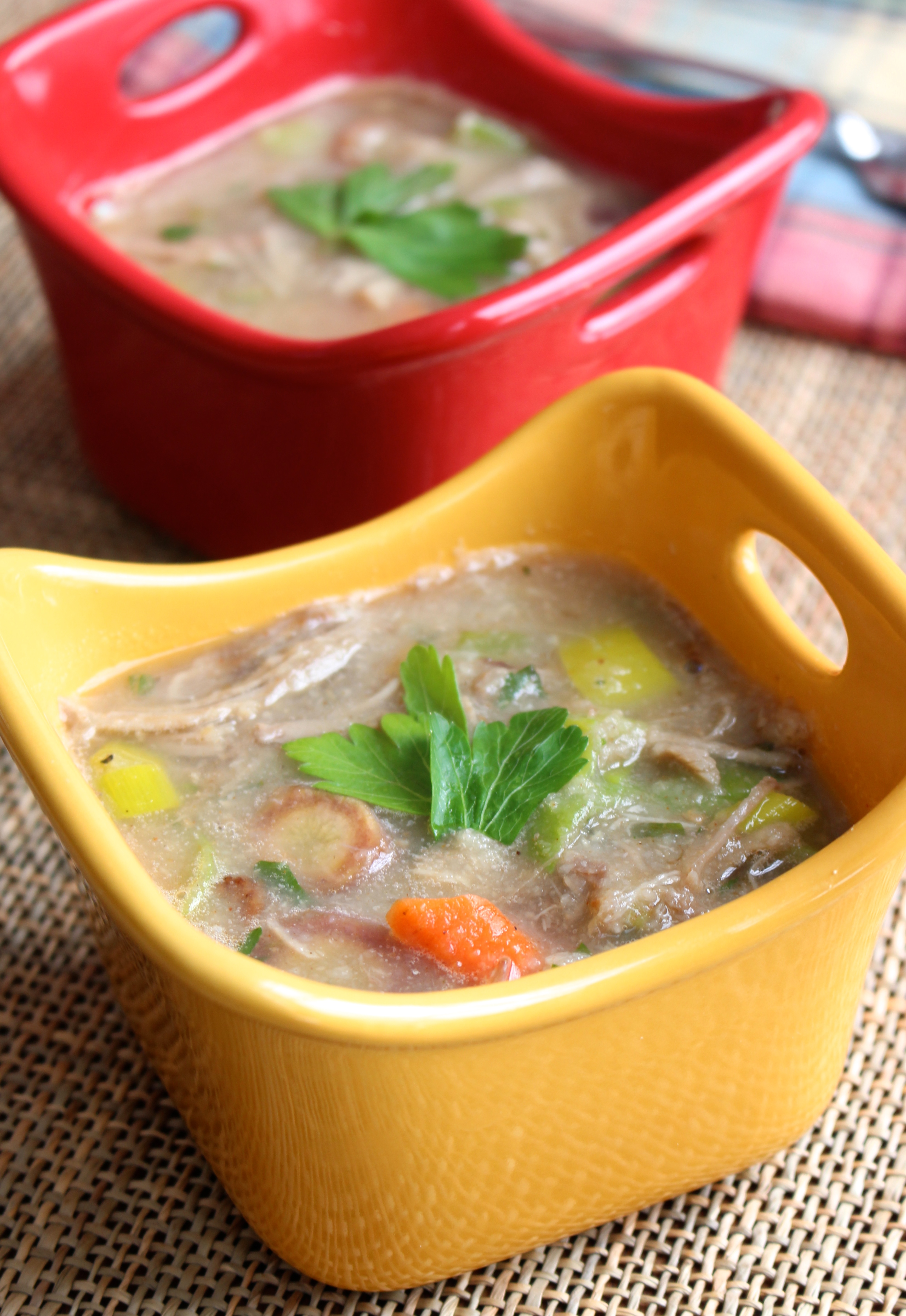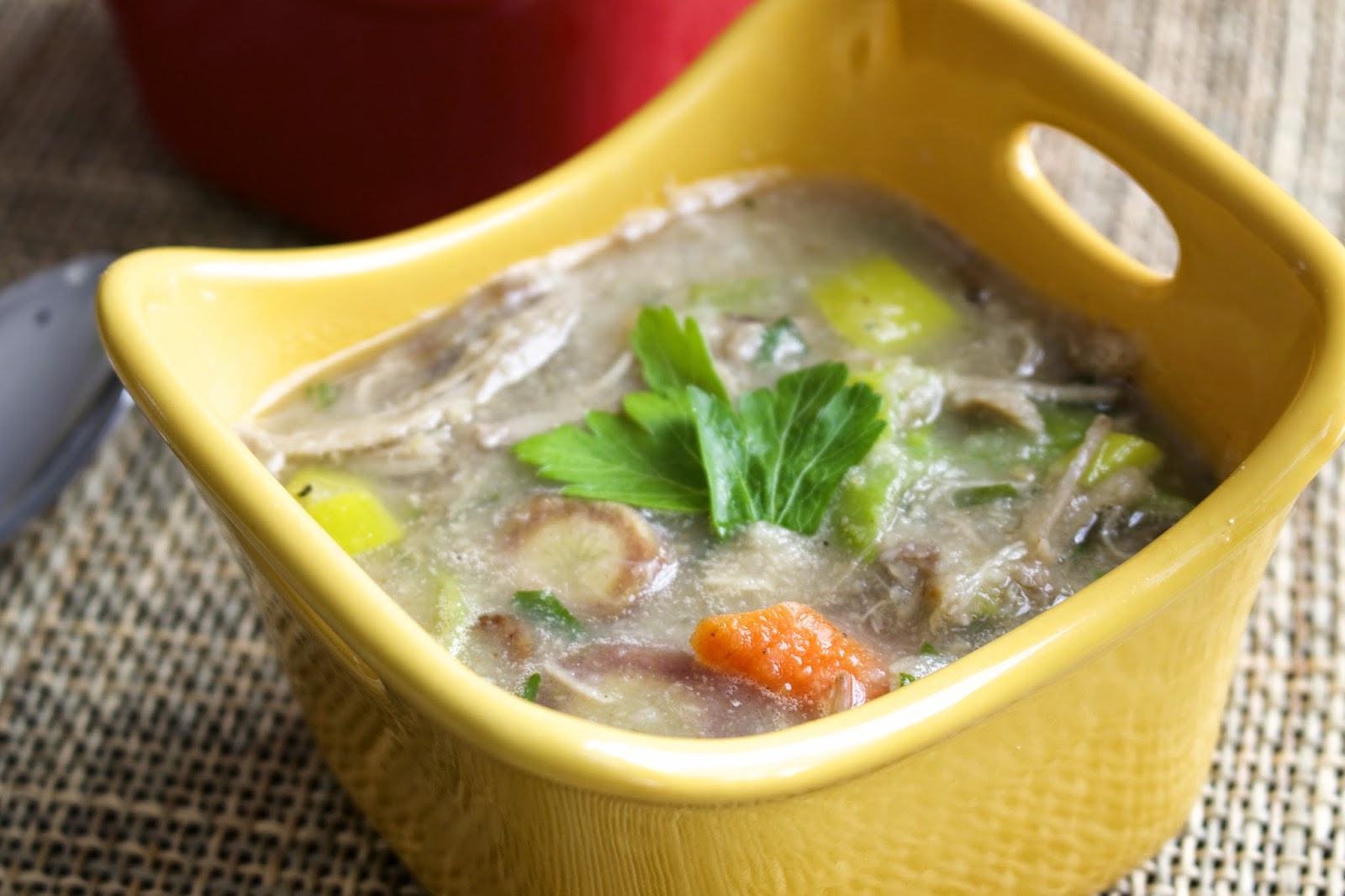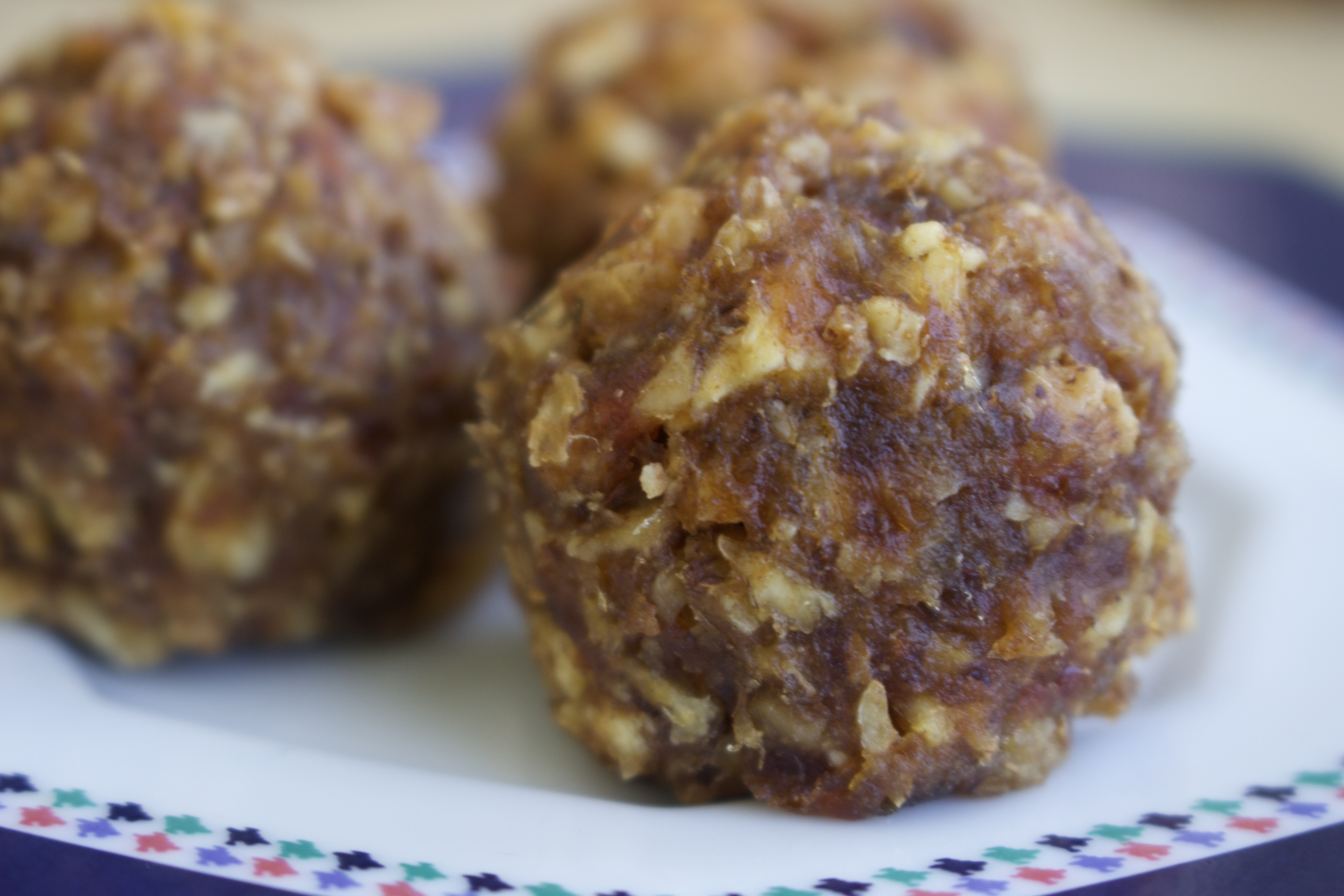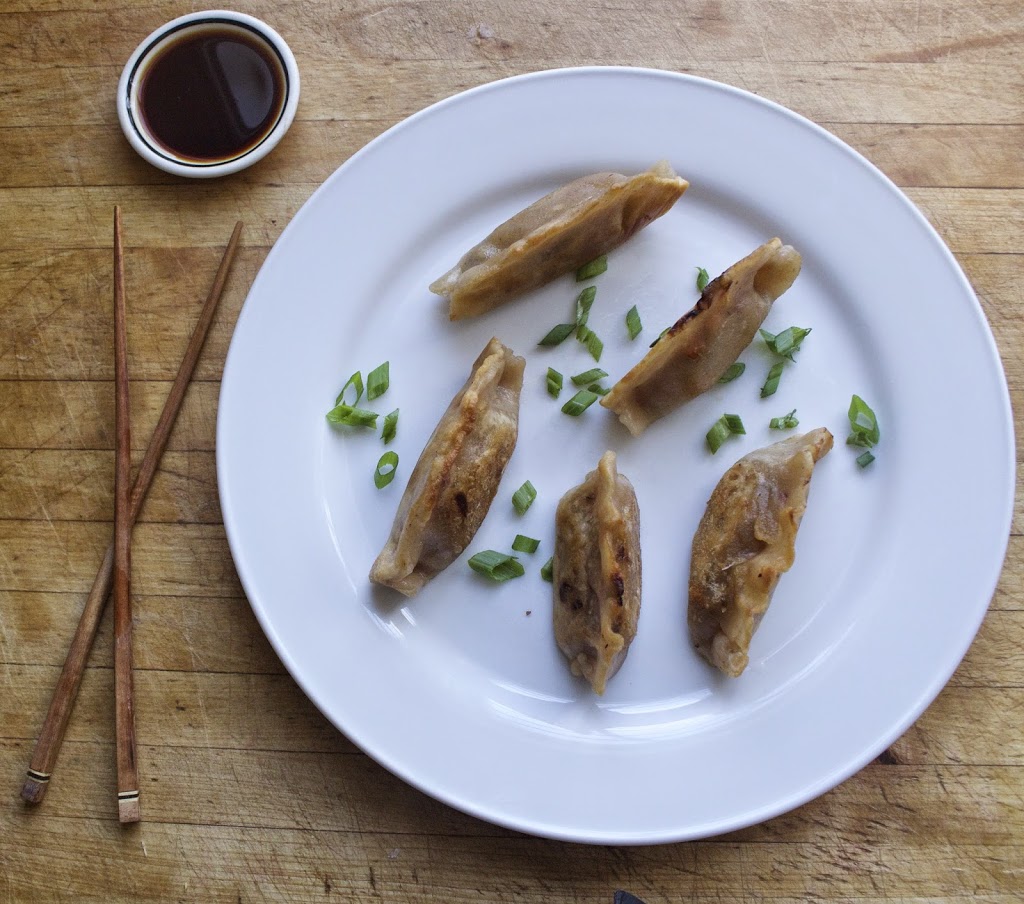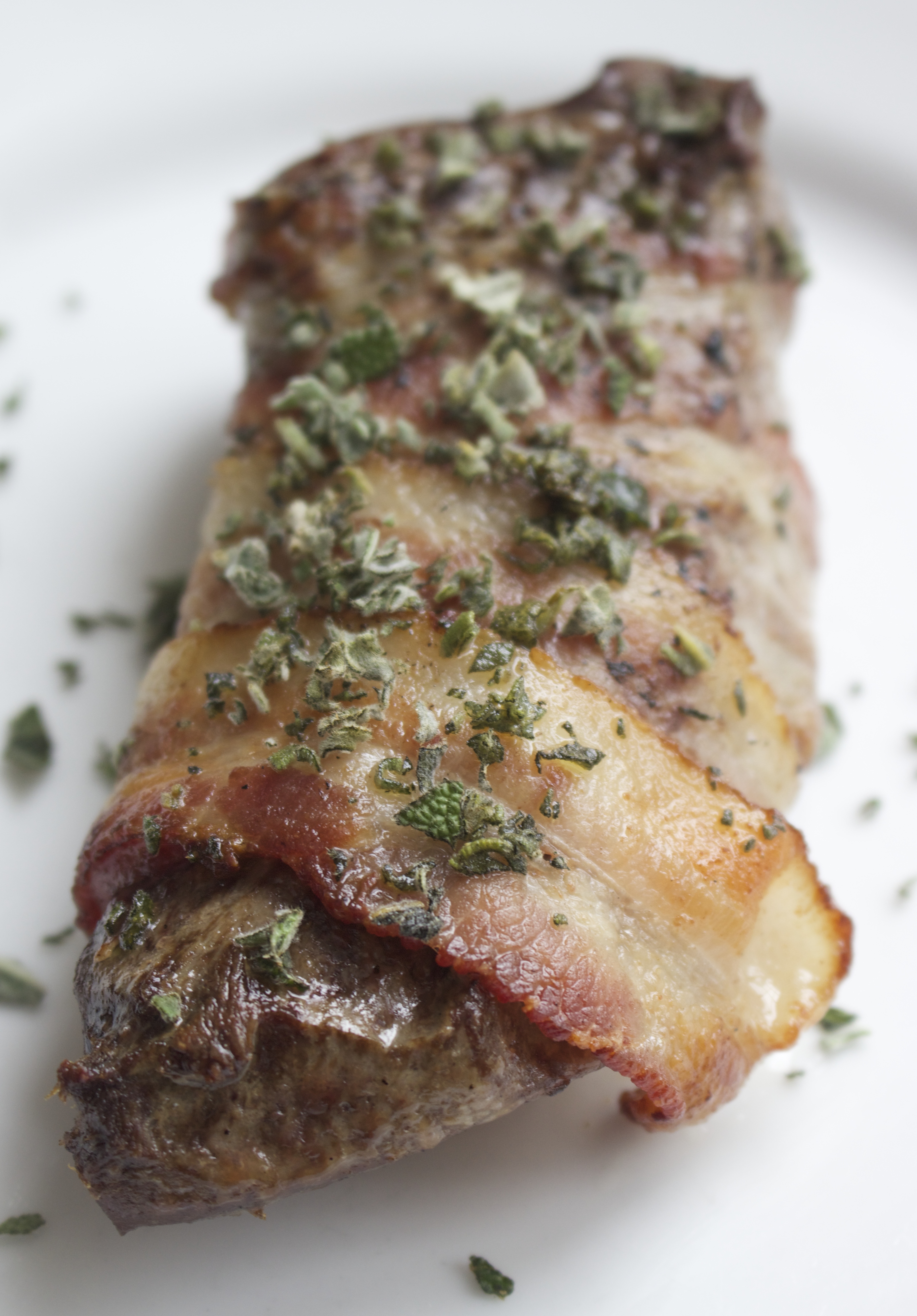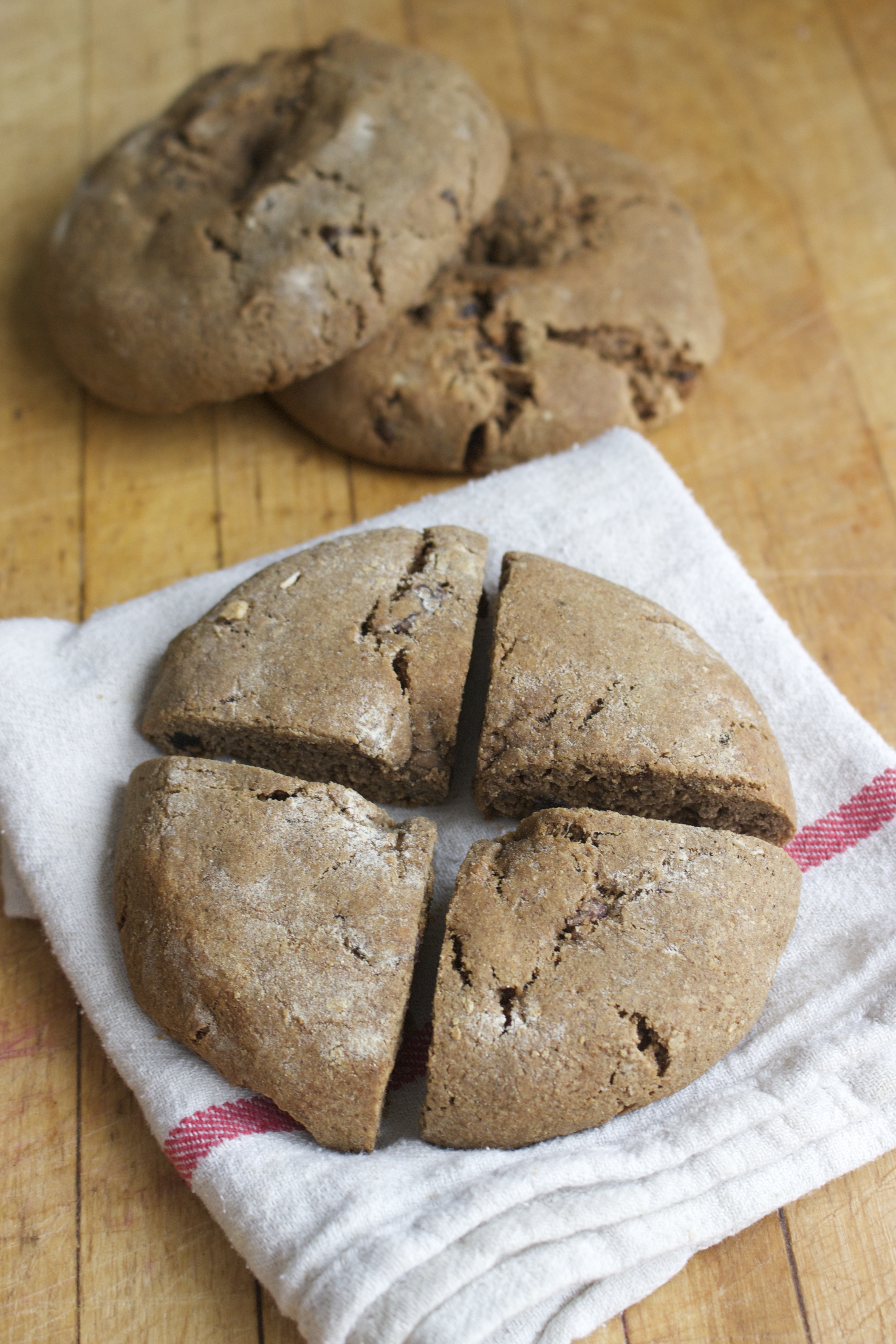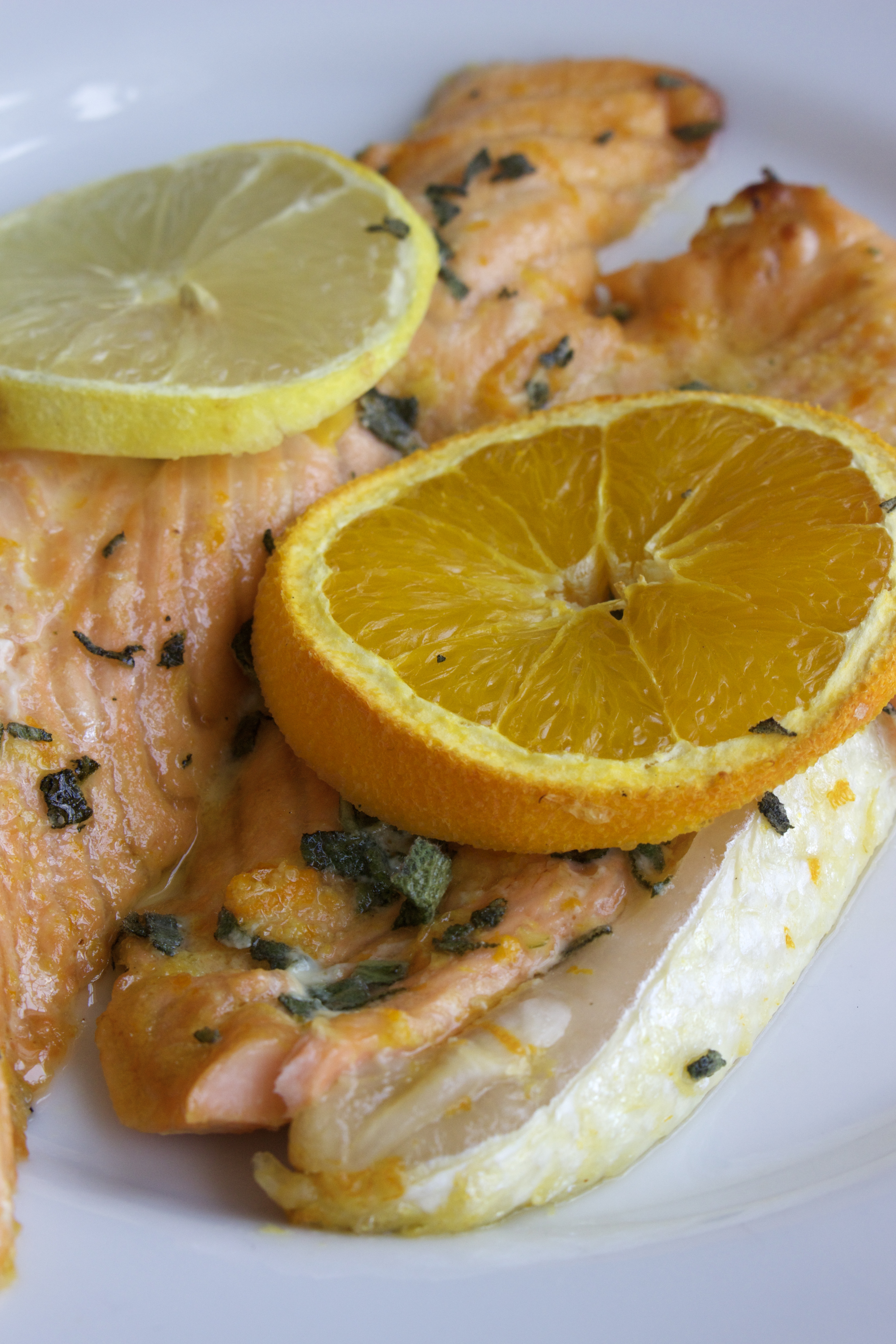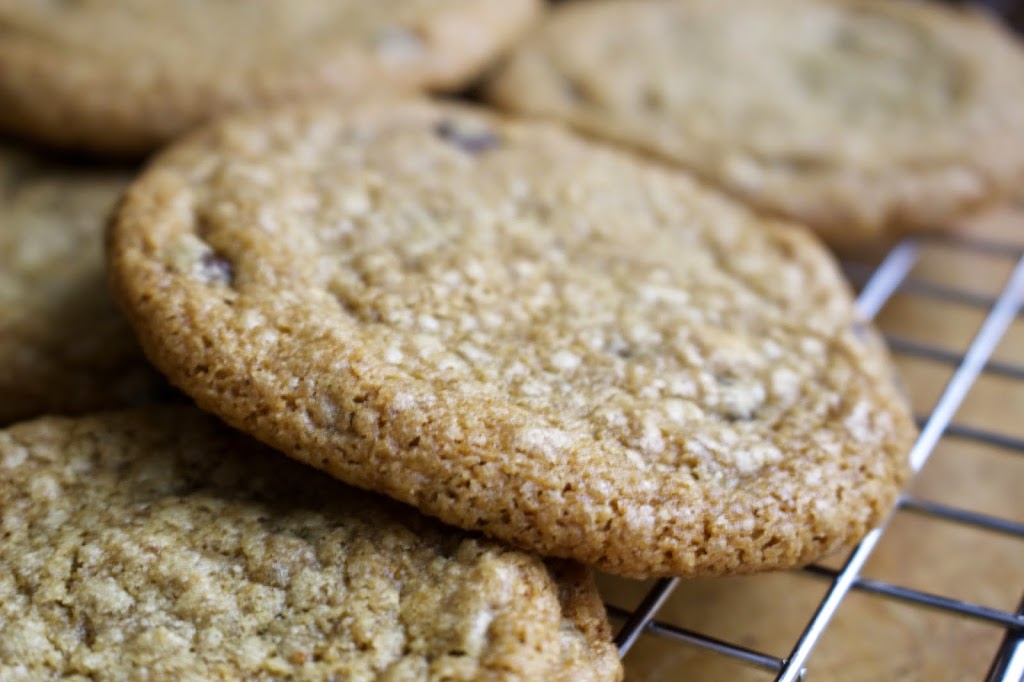
You are only as big as your faith, but faith in what? Well, really, this can apply to anything in life, from healing, to your personal relationship with God, to everyday relationships and activities. If you don’t have faith in even the little things, you limit your potential to grow, learn, take chances, and ultimately find your greater purpose in life. If you have read previous daily doses of encouragement, you will know that I speak of finding all that you were meant to be in life, through a chronic illness, or any trial in life for that matter, quite often. This is because I truly believe that every circumstance has a reason, of which has been planned out by God, the creator of all things. That being said, if you do not have any faith, or are severely lacking in it, you will never be able to find this. Why? Because God is only as big as you let Him be, and if your faith is small, then He is going to be small as well, thus causing the significance of trials and tribulation to diminish. With an insignificant God, the possibilities of healing and seeing the good through life is impossible. As the power of God shrinks, our own self worth and ego grows larger, causing everything to become unfair, an inconvenience, and never the way that we think it should be. Yet if we realize that we as humans are limited, and God’s ways are supernatural and beyond anything we can imagine, then the boundaries of our faith simultaneously grow as well. We know that despite how times may seem here and now, the future is truly up to God, whose ways are higher (Isaiah 55:9). Limitless faith makes your life here and now all the sudden very bright, as all the negative aspects that can all too easily swallow us whole, fade away. When you have faith, the opportunities and blessings that God may bring you in life are endless, making life with faith, full. Faith ultimately brings you closer to God in a way that nothing else can. It’s not to say that we will obtain huge faith overnight, rather we are to use daily occurrences and trials to grow our faith little by little. Even Christ speaks of faith as small as a mustard seed, from which He says His children can move mountains (Matthew 17:20). Faith is not flashy, no, that is more so self arrogance. Instead it comes through in the little things, like when we are hit with the storm in life that we had no idea was coming. Faith proves itself strong when suddenly we see a time of trying as a direct message from God. We may not know what the messages are at the time, but eventually whether here on earth, or in eternity with Christ, we will find out.
In the meantime it all comes back to faith, it is as simple as that. If you can not have faith in the small things, then it is no secret that the big things will come as a severe misfortune. Though there may be trials that are physically and emotionally tormenting, faith in something greater than our own bodies and our earthly existence, and is what gets us through time and time again. If we are only having faith in ourselves, or in a doctor, or in a spouse, or in a parent, we will eventually be failed. If we try and find our faith in an earthly, physical, and limited being, that is not faith at all. Suddenly, we will be become overrun with doubt, “what if’s” of “what if so and so can’t pull through for me,” or, “what if they don’t have the money,” or, “what if they’re not smart enough,” or, “what if the test doesn’t go right,” and the list goes on and on…Sure, these are all plausible questions, however they are only applicable to our situation when we are speaking of, and putting our faith in, anything other than God. Yet if our faith is in the Lord, who is almighty all-powerful, omnipresent, and all-knowing, we don’t have to worry about the “what ifs,” we can just have faith, no if, ands, or buts. Now, it is not to say that sometimes we don’t struggle with faith, and it is only natural to sometimes fall into feelings of doubt. Yet does that mean we are a failure and should simply give up on trying to grow our faith? Of course not! You don’t do pursue a hobby, job, or career once, and then simply give up because you were not the best person out there. No, you keep going and you keep building and learning your craft continually throughout your whole life. Because we humans are sinful, there’s always room for improvement, but that doesn’t mean we should stop striving in our hobbies activities, school work, and jobs, rather, we keep doing it because that’s life. Of course those that don’t put any effort into life, don’t really have a life at all. With all that said, it is the same for faith, as not only does it take courage to find faith in God during moments of complete despair, but it also takes many tears, sorry, grief, and pain, of which He will be there to help us through and reward us for in heaven, if we just have faith. (James 1:12) See, we live in a world where everything is against faith in God, and everything for faith in yourself, what your heart tells you to do, or what everyone else is telling you is the best thing for you, because it is all about you, you, you. However, the reality of the situation is much different. If we try and find faith in the things around us here on earth, we constantly live a life of searching. Whether seeking to try and fill that void in our soul, or looking for that “thing” or person that will give us comfort in times of sorrow, we are always left wandering. Yet when you find faith in Christ, that searching is through. Not only have you found the one true source of faith, you have found the One that promises to reward your faithfulness by never leaving you nor forsaking you, no matter how hard life on earth is, and even if we walk away at times, He won’t leave you. (Deuteronomy 3:16)
In a way, it is kind of funny that times of trial and hardship make people doubt their faith in God. Really, it is through these storms that God is trying to tell us something, but because we are so into following our hearts, or what we had previously planned out in life to what we think is best, we automatically see the trials as from the devil, and that we are being “cursed.” With all faith in our Savior out the window, we become thoroughly confused, frustrated, and left feeling helpless. Yet taking a step back, the correlation is quite obvious. As we put away our faith in God, all of the sudden, life becomes impossible. It just goes to show, that tough having faith in God during some of the most inhumane circumstances might be hard at the beginning, it is certainly easier than trying to figure out life and everything that it brings, on its own. Ultimately, when we are actively trying to grow in our faith, we can see the inevitable trials of life as God’s way for shaping, using, and helping us meet what it is He wants us to find in life. Truly, we never know the reason behind the small everyday events in our lives, or the big things that come and change our world completely, such as a chronic illness. It could be that He wants you to meet the person that you get to spend the rest of your life with, or it may be because He wants to bless you later down the road with the job that you would never have had the chance to get if you didn’t go through this season of struggle. Of course, the reason for everyone’s trials is different, as no one person is the same, rather we are all unique and God’s eyes. In the end, God uses the sin and strife of this world, to craft us into His masterpiece (1 Corinthians 15). He works through the blood, sweat, and tears, to bless us. Nothing that we are going through, or may encounter in life is meaningless, and all we are called to do is have faith, even if it is as small as a mustard seed. Is that so hard to ask?
James 1:6 “But when you ask, you must believe and not doubt, because the one who doubts is like a wave of the sea, blown and tossed by the wind.”


